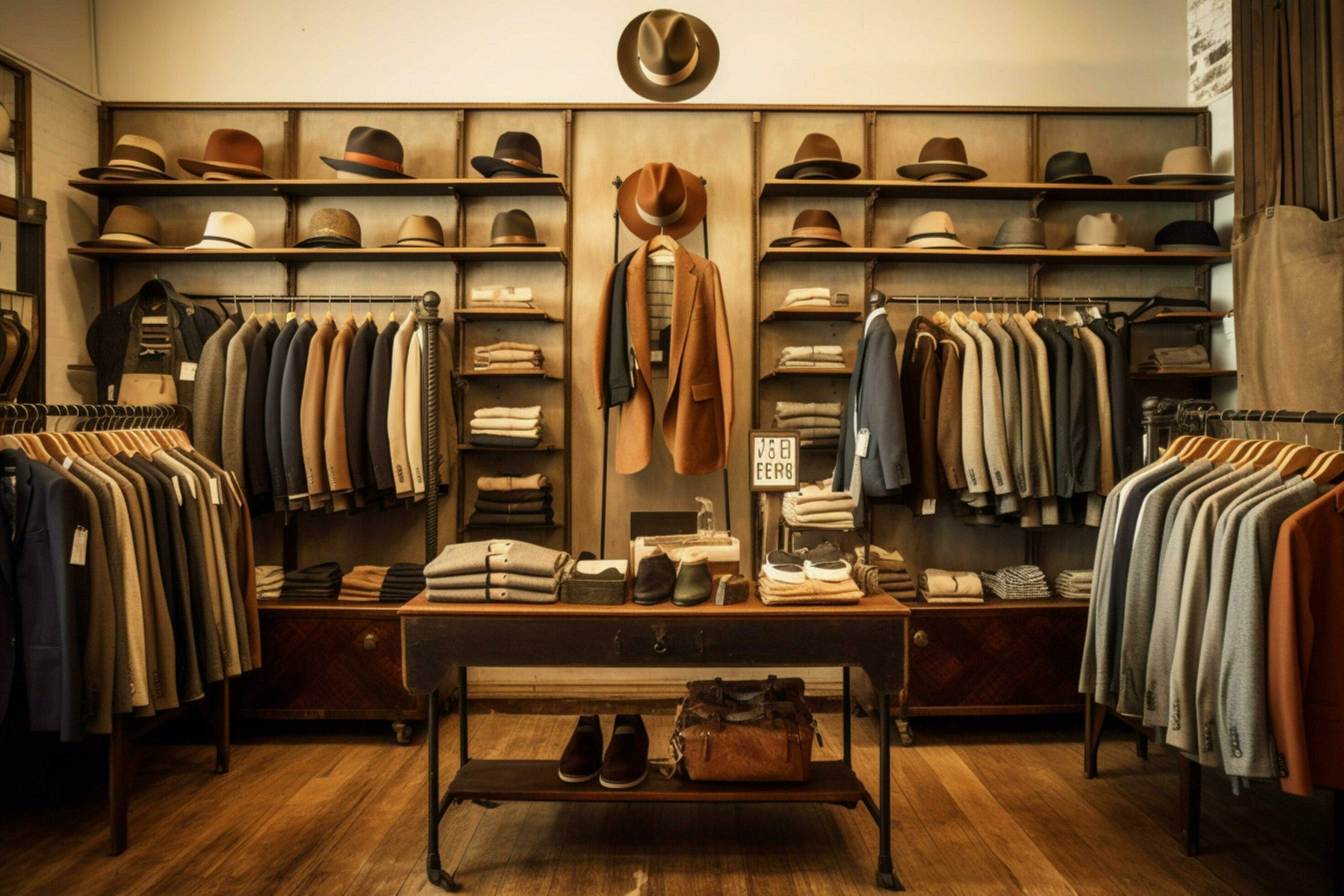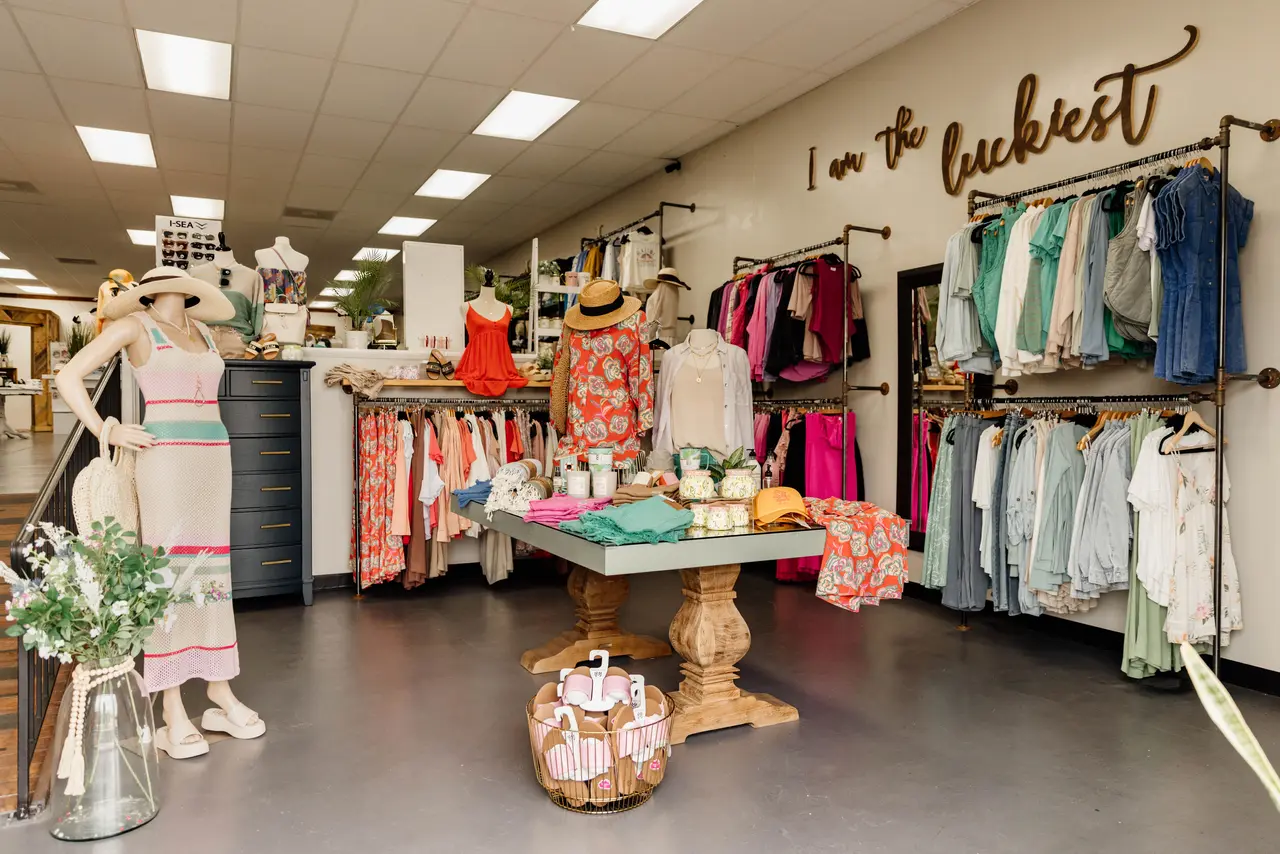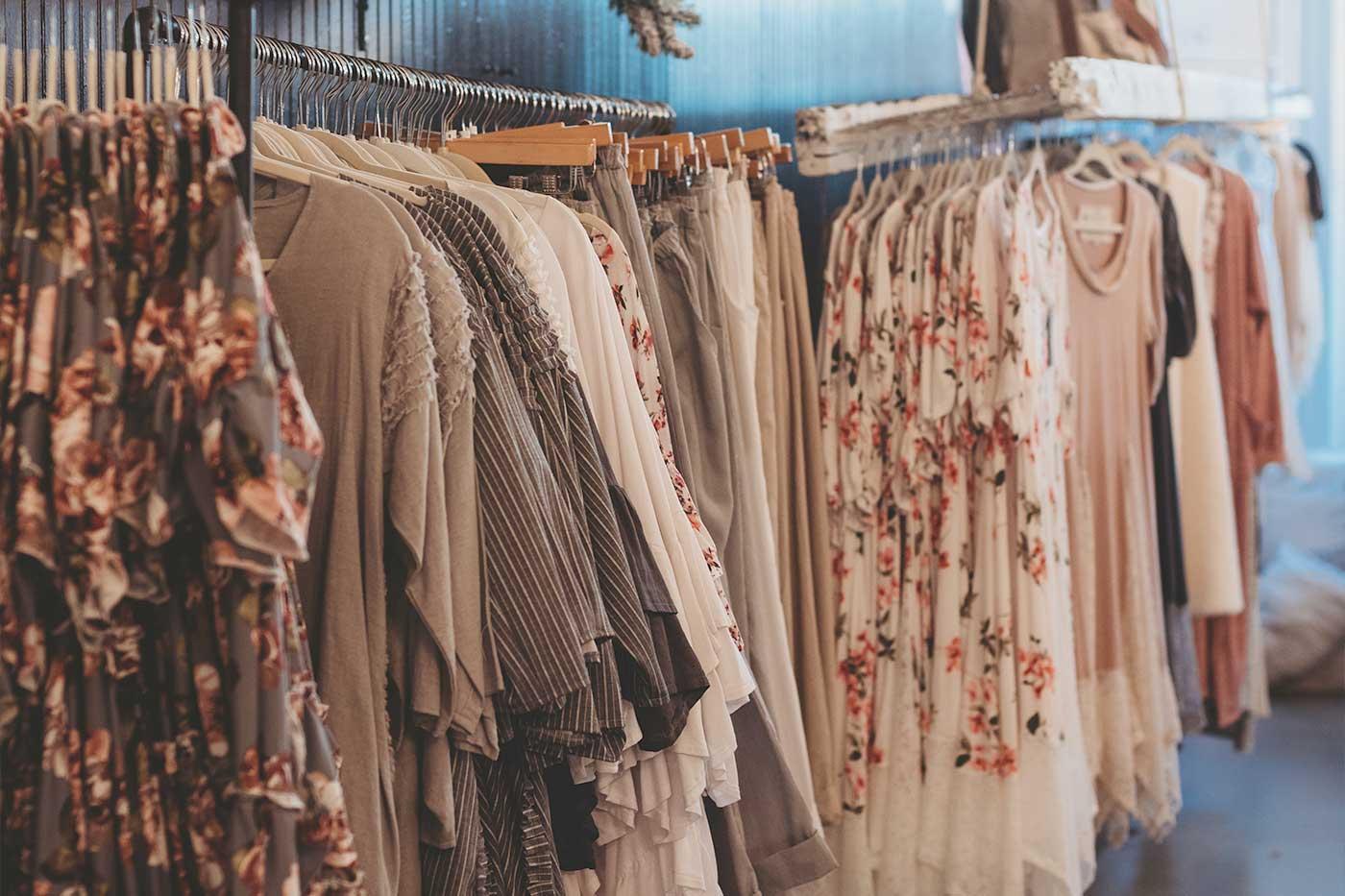A Newbie's Guide to Navigating the Boutique Fashion Scene
A Newbie's Guide to Navigating the Boutique Fashion Scene
Blog Article
A Deep Study the World of High-Fashion Runways: Understanding Clothing as Art
Designers, much like masterful musicians, weave complex stories through color, type, and fabric, redefining and testing traditional norms elegance criteria. As we explore these sartorial spectacles, we must contemplate: what duty does style play in forming social worths, and exactly how does it reflect the ever-changing tapestry of human emotion and identification?
The Development of Runway Reveals
The trajectory of runway programs has actually transformed dramatically over the years, developing from special industry occasions to exciting spectacles that blend fashion with art. Typically, path shows made love affairs, held in ateliers or tiny venues, mainly gone to by purchasers and sector insiders. These very early discussions concentrated on the garments' workmanship and commercial feasibility, supplying a functional and direct display screen of seasonal collections.
As the fashion business increased, the nature of runway programs started to transform. The 1970s and 1980s noted a transforming point, with developers seeking to differentiate themselves through even more theatrical discussions. This age saw the surge of fancy sets, choreographed versions, and thematic stories, proclaiming a brand-new age where the runway ended up being an experiential system. The programs transformed into a type of narration, where each collection communicated a distinct story or concept.
Over the last few years, innovation and social media sites have actually even more reinvented path shows, making them obtainable to a global audience. Livestreaming and electronic systems have actually democratized fashion, enabling fanatics worldwide to witness these occasions in real-time (boutique fashion). This advancement mirrors a more comprehensive social change, where high-fashion runways function as a vibrant intersection of development, design, and efficiency
Designers as Dreamer Artists
Exactly how have developers transcended their duties to end up being visionary musicians? Designers in the high-fashion market have blurred the lines between functional garment production and the conceptual world of art. This improvement appears in the way they approach their collections, not simply as garments but as profound expressions of identity, emotion, and society. By accepting artistic disciplines such as sculpture, painting, and avant-garde installations, developers craft garments that challenge conventional fashion norms and raise them to art kinds.
Visionary designers draw inspiration from a myriad of resources, including abstract art, historic referrals, and individual stories. They possess a distinct ability to envision and materialize concepts that push the boundaries of traditional fashion, usually redefining aesthetic paradigms while doing so. This imaginative ingenuity is showcased through significant shapes, cutting-edge materials, and elaborate craftsmanship, which invite customers to experience fashion as greater than simply wearable things.
Additionally, the path works as a canvas for these artists, where illumination, music, and established style coalesce to develop immersive experiences. These discussions are not simply display screens of clothing but are coordinated performances that stimulate feeling and prompt thought, affirming the designer's role as a real musician in the modern social landscape.
Cultural Influences in Style
Social tapestry weaves its elaborate patterns into the textile of style, affecting designers globally. The dynamic interchange of cultural stories, customs, and icons notifies and inspires collections that elegance high-fashion runways.
The impact of culture on fashion is usually seen in the reinterpretation of typical garments and patterns. The use of Japanese bathrobes, Indian saris, or African prints in modern style mirrors a blend of social authenticity and contemporary visual appeals. Developers such address as Valentino's Pierpaolo Piccioli and Alexander McQueen's Sarah Burton have been known to integrate abundant social themes into their couture collections, equating background right into wearable art.

Technology in Material and Layout
Development in textile and layout continually improves the landscape of high-fashion, pushing borders and redefining possibilities. Developers are increasingly discovering the combination of innovation, such as 3D printing, which allows for the production of complicated structures that were formerly unimaginable.
The style market is observing a surge in the usage of eco-friendly materials, acquired from recycled plastics, natural fibers, and also naturally degradable elements. Designers are embracing these materials to craft garments that are both mindful and aesthetically striking of their environmental footprint.
In terms of style, speculative forms and avant-garde shapes are constantly changing the path. By including sophisticated methods and unconventional products, developers grow garments that blur the line between fashion and art, setting brand-new criteria for imagination and expression in the high-fashion ball.
Impact of Fashion on Culture
Style possesses a profound influence on culture, serving as both a reflection of cultural identification and a catalyst for social modification (boutique fashion). Via its development, fashion has mirrored social shifts, encapsulating the zeitgeist of different ages.
Moreover, fashion has the power to bridge cultural gaps, cultivating understanding and recognition amongst varied teams. As globalisation accelerates, the cross-cultural exchange of style concepts ends up being significantly substantial, advertising inclusivity and diversity. The surge of streetwear, originating from metropolitan subcultures, shows exactly how fashion can go beyond visit this web-site socio-economic borders, providing individuals a means of self-expression and empowerment.
Basically, style is not merely about looks; it is a dynamic pressure that influences values, attitudes, and societal progression (boutique fashion). By constantly engaging with social and social currents, fashion remains an indispensable part of the cumulative human experience

Final Thought
Developers, akin to visionary artists, coordinate collections that show identity, feeling, and social narratives, challenging standard looks. This intersection of fashion and artistry not only captivates audiences around the world but additionally affects societal understandings and promotes a deeper appreciation for cultural variety.

Cultural tapestry weaves its detailed patterns into the material of fashion, affecting designers globally.Fashion possesses a profound impact on culture, serving as both a reflection of social identity and a driver for social adjustment.
Report this page